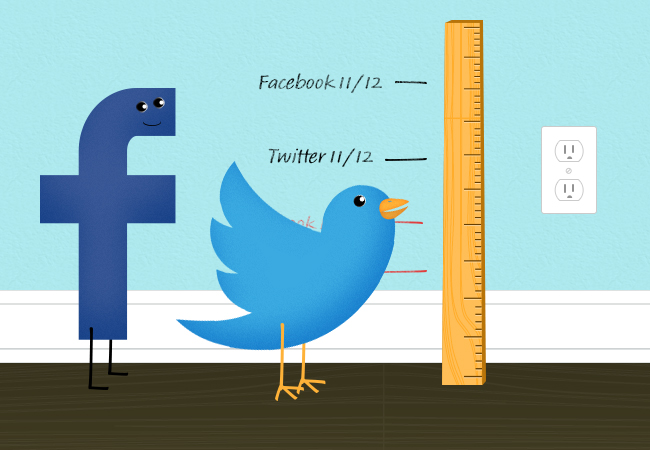What’s the ROI on your social media marketing? If you’re like most companies and blog owners, you probably have no idea, and might not even be sure how to begin getting the quantitative measurements to establish that. But don’t let that fact get you down: it’s a problem that plagues even large organizations. Measuring social media marketing success isn’t a straightforward algorithm, and it’s hard to assign things like followers or likes any kind of monetary value.
After all, according to a variety of published sources, roughly 80% of individuals who like a business Facebook page will never go to it again.In general, there are three recommended ways to measure the success of any marketing you do on social media. It includes being able to quantify and measure your conversions, your engagement, and your reach. Most social media channels don’t provide the in-depth analytic and information you need to be able to quantify each of these key areas, and savvy website owners and marketers utilize social media management tools which can provide deeper data.
Your Brand’s Social Reach:
The primary goal of most social media marketing is to acquire new visitors and clients. With that in mind, reach is the primary objective: getting your brand in front of more unique individuals. The number of people who have seen or been exposed to your marketing efforts. These might be connections gained on LinkedIn, Facebook Likes or views, Twitter followers, subscribers, and clicks. But impressions should never be discounted! The reason is simple: not everyone who sees your marketing will be immediately interested in your brand. But it’s entirely possible that they’ll remember it later, and often individuals on social media who see a brand once will consider it more authoritative than a brand they have never seen. But unfortunately, reach is also difficult to put financial value to, because it can be difficult to tell if these same individuals later become visitors or clients. A great way to correct that issue is to calculate how many individuals must be reached before you get a conversion. Divide the amount spent on broadening your reach by the value you assign a conversion, and you have your ROI. Over time and with the use of analytics, you can discover what groups of individuals you reach are more likely to become conversions, which will also increase your social media marketing ROI. And there are plenty of great ways to streamline those efforts.
Your Brand’s Social Engagement:
Your reach is how many people see your marketing efforts: and engagement is the proportion of individuals who interact with it. This is everything from post likes, ratings, clicks, retweets, and comments. As a general rule of thumb, engagement happens only when people feel strongly about what you’re marketing. Engagement is often a factor of the quality of what it is you’re putting on social media, and keeping detailed tabs on your engagement data can help inform your marketing efforts by letting you know what’s popular… and what isn’t. Individuals who engage are usually much more likely to become subscribers or clients than those who don’t. Promoting and marketing materials which yield high engagement also expand your reach, increasing the ROI of your social media marketing. For example, if a user shares your post, it will likely become visible on their timeline, and may be seen by all their contacts. And social media users are far more likely to click on links shared by their friends than on in-site advertisements.
Conversions: The Ultimate Goal
Conversions are simply the actions that you’re wanting potential viewers of your marketing to take. If you’re trying to sell a product, than a sale of that product is a conversion. If you’re trying to gain newsletter subscribers, than a subscription is a conversion. Ideally, you should be able to assign every conversion a numerical value. Maybe this is the price of the average check-out in an online store; or the average amount you make in advertising for each subscriber. In all cases, conversions are the ultimate goal of your social media marketing. In an ideal world, the revenue generated from conversions and the numerical value of your reach the cost of your social media marketing. Accomplishing that is having a positive ROI. In the cases where it doesn’t, that’s having a negative ROI: and that’s not uncommon.







I think conversions are really very important for social media marketing to enhance social engagement.
IMHO It strongly depends on services or goods you offer
There can be no direct conversions. But it helps you get leads if you promote your services/products. Once they see your product there and it is advertised properly, they remember you and definitely get back to you if they need one. But you have to do this exercise on a daily basis. Thanks for the blog.